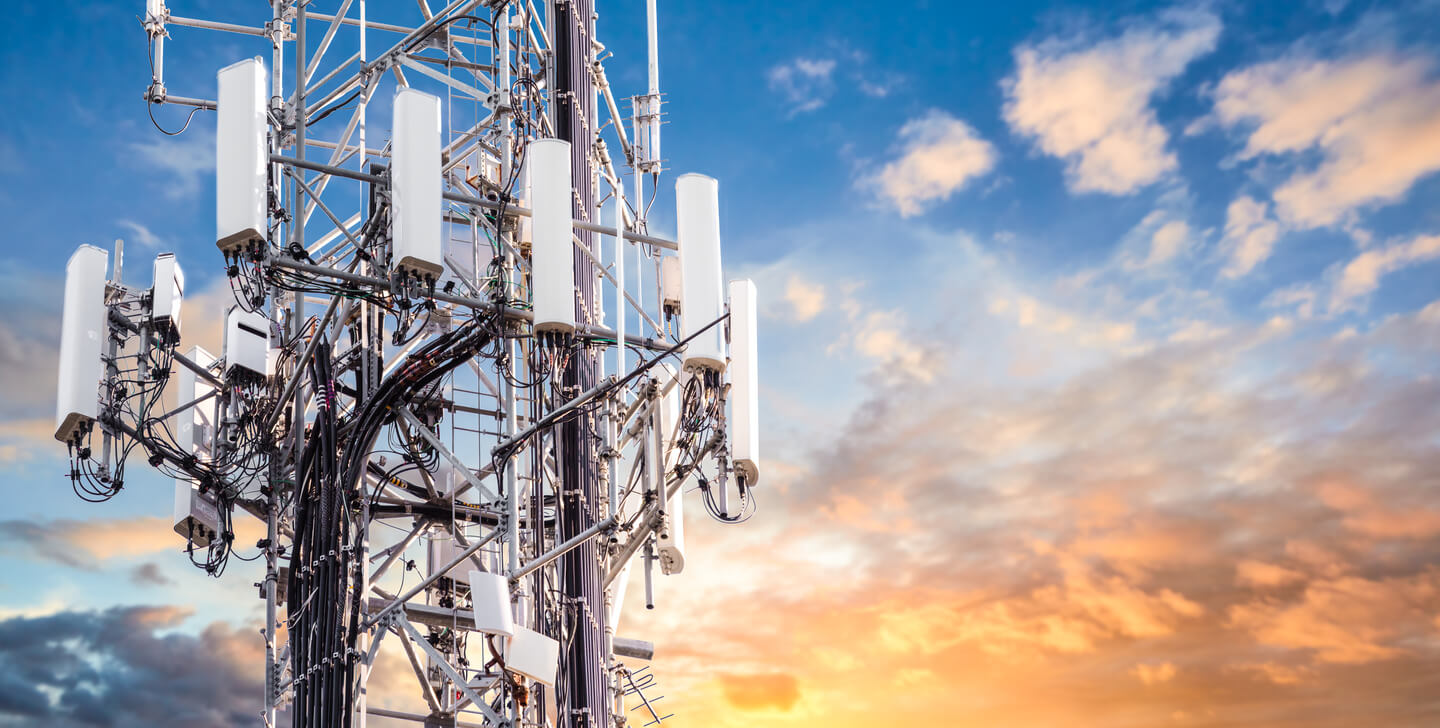Very best safest distance from the 5G cell Structure?

If you've ever wandered through a city, you may have seen tiny mini 5G cell towers placed on poles for street lighting. They look like little boxes however they're actually sending wireless signals from cellular providers to your phone.

The smaller ones are being replaced by larger, purpose-built cell towers. While they're less noticeable however, they could create problems for those who live nearby.
https://hammer-wiley.mdwrite.net/what-is-the-safest-distance-from-your-5g-cell-tower-1682555708 is the Federal Communications Commission's Radiation Exposure Thresholds
The FCC's Radiation Exposure Thresholds determine the safe limit at which an individual can be exposed to electromagnetic energy generated by wireless devices. The limits of exposure are based on scientific data that show that RF energy could be harmful to human health.
The specific absorption rate (SAR) is an indication of the amount of radiofrequency energy that is absorbed by tissue. It's usually 1.6 milliwatts per kilogram averaged over one kilogram of tissue.
But, since 5g operates at higher frequencies this could be able to create more energy on the skin as well as other body areas. This can lead to many potential harms, including exacerbated appearance of skin disorders like dermatitis, cancer of the skin and cataracts.
Due to the potential for harmful effects of radiation from 5G, PSU has chosen to set a general localized maximum power density of four MW/cm2 measured on 1cm2, but not exceeding 30 minutes for all 5G services at 3000 GHz. This localized limit is consistent with the peak SAR spatial-average of 1.6 W/kg, which is averaged over 1 grams of tissues at six GHz.
The FCC's Maximum Exposure Thresholds for Maximum Exposure
In the event that you've used mobile phone, you're probably aware that a safe range from the tower is around 400 meters. This is because the power of transmission from a cell tower increases dramatically the further away your location from the tower.
While this sounds like something that's good however, people who live close to towers could be more prone to health problems. For instance, a study conducted in 2014 in India found that those who lived within 50 meters of cell towers experienced much more health problems than those living further far from antennas.
However, this study also showed that residents who moved to areas further away from the cell towers saw their symptoms return to normal within a couple of days. Studies have also shown that exposure to high frequencies of radiofrequency electromagnetic fields (EMFs) can cause brain tumors, cancer as well as other health issues.
This is because radiofrequency radiation, utilized in wireless communications, can penetrate the human body's exterior layer, the skin. This is important to understand since the skin functions as a protective barrier against mechanical injury, infection from pathogenic microorganisms, as well as infiltration of toxic substances. Additionally, it is the biggest organ in the human body and is accountable for maintaining the integrity of other organs.
The FCC's Minimum Exposure Thresholds for the Minimum Exposure
The FCC's Minimum Exposition Thresholds are based upon many assumptions that aren't supported by evidence from science. They include the incorrect belief that short-term exposures RF radiation are safe due to the limited penetration into the body (i.e. the heating of tissues).
This assumption does not take into account the deeper penetration of the ELF elements of modulated radio signals and the effects of short bursts of heat from pulsed RF waves. These theories are not compatible with current understanding of the biological effects of RF radiation. Therefore, they should not be considered for health protection exposure guidelines.
In safe distance from cell tower , the ICNIRP and FCC restrict their maximum exposure limits to local peak SARs that are based on the maximum speed of spatial absorption (psSAR) that is not a sufficient dosimetric tool to assess the amount of exposure to radiofrequency radiation. Particularly, psSAR is inaccurate for frequencies above 6 GHz. Additionally, psSAR hasn't been evaluated for RF radiation exposed to other environmental agents , such as sunlight. Interactions of RF radiations with different environmental agents may result in antagonistic or synergistic results. This would result in an increased risk of adverse health consequences. For example, co-exposure to RF radiation with sunlight may cause an increase in the incidence of developing skin cancer, as well as aggravate other skin diseases such as acne.
